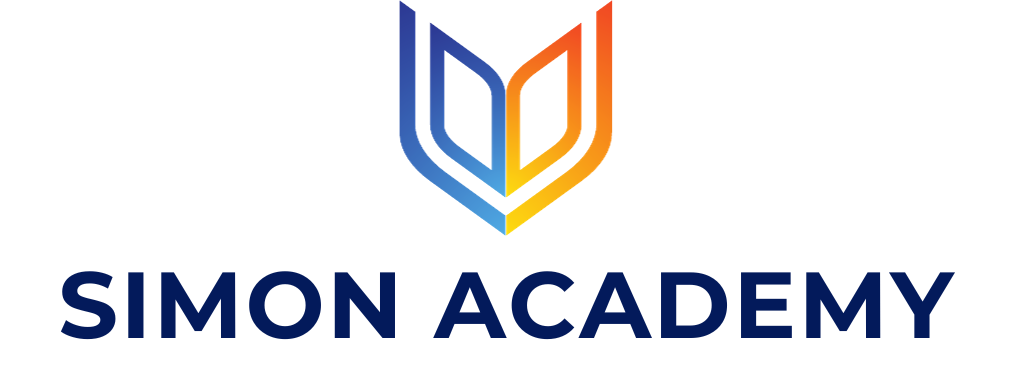
The regulatory gauntlet – MiCAR vs. the GENIUS Act
1. Introduction: When innovation meets regulation
The explosive growth of stablecoins—most prominently USDT and USDC—has forced regulators worldwide to step in. Their challenge is delicate: preserve innovation while protecting consumers and systemic stability.
Simon Consulting Insight: Stablecoins are unique because they straddle traditional and digital finance. The asset is centralized (issuer-managed reserves) while the rails are decentralized. This duality requires specialized compliance strategies, especially for firms managing cross-border remittances.
2. Europe leads with MiCAR
The Markets in Crypto-Assets Regulation (MiCAR) is the EU’s first comprehensive framework for crypto-assets, targeting Electronic Money Tokens (EMTs) and Asset-Referenced Tokens (ARTs). Key provisions include:
- Licensing: Euro-pegged stablecoin issuers must be licensed as a Credit Institution or Electronic Money Institution (EMI).
- Reserve requirements: Full backing of issued tokens with high-quality liquid assets.
- Governance: Issuers must maintain robust internal controls and transparent auditing practices.
- Capital adequacy: Minimum capital requirements protect users in case of insolvency.
Simon Consulting Insight: For European fintechs, MiCAR is not optional—it dictates how stablecoins can be issued, distributed, and used. Dual licensing strategies are increasingly common to comply with both MiCAR and PSD2 when fiat on/off-ramps are involved.
On 25 September 2025, nine major European banks—ING, Banca Sella, KBC, Danske Bank, DekaBank, UniCredit, SEB, CaixaBank, Raiffeisen Bank International—announced a MiCAR-compliant euro stablecoin, expected to launch in H2 2026.
- Objective: Provide near-instant, low-cost euro-denominated payments and settlements.
- Regulation: Supervised by the Dutch Central Bank (DNB)as an EMI.
- Features: 24/7 access, programmable payments, support for tokenized assets, supply chain improvements.
- Strategic impact: Offers a European alternative to USD-dominated stablecoins, enhancing Europe’s strategic autonomy.
Simon Consulting Insight: The consortium illustrates how commercial and regulatory strategy converge. Multi-bank projects must balance innovation, operational risk, and full MiCAR compliance—a model future fintechs can emulate.
3. The U.S. response: GENIUS Act
The Guaranteed Exchange and Non-Interference in User Sovereignty (GENIUS Act) codifies the regulatory treatment of USD-pegged stablecoins:
- Mandatory 100% liquid, high-quality reserves.
- Focuses on issuer responsibility, ensuring that USD stablecoins remain fully redeemable.
- Enhances institutional confidence, making assets like USDC attractive to banks and payment providers.
Simon Consulting insight: U.S. and EU regulation highlight a divergent but convergent approach: both jurisdictions prioritize reserves, transparency, and systemic integrity. Firms operating cross-border must navigate dual regulatory frameworks, often requiring sophisticated legal and operational planning.
4. The European fintech perspective
Europe’s own stablecoin innovators are now stepping up:
- Quantoz EURQ: The first Dutch-regulated Euro stablecoin, issued by Quantoz Payments BV, an EMI supervised by DNB. EURQ is pegged 1:1 to the Euro and fully compliant with European regulatory standards.
- Future Lightning Network deployment: While EURQ is not yet live on Bitcoin’s LN, the technology exists to wrap it for sub-second, low-fee settlements—similar to USDTL on Speed Wallet.
Simon Consulting Insight: European fintechs must anticipate the LN and multi-chain future. Regulatory-compliant Euro stablecoins can be deployed efficiently on decentralized networks without compromising oversight, unlocking new remittance and cross-border payment models.
5. Key takeaways
- MiCAR and GENIUS Act provide codified trust, making stablecoins viable for institutional adoption.
- European stablecoins are emerging, exemplified by EURQ and the nine-bank consortium coin.
- Dual compliance is essential, particularly for cross-border use cases combining fiat on/off-ramps with decentralized rails.
- Technology and regulation are complementary, not mutually exclusive. Firms can leverage LN, Ethereum, and Tron while staying fully compliant.
In Article 4, we’ll explore how payment giants and fintechs are leveraging decentralized rails like the Lightning Network to optimize the stablecoin infrastructure for speed, cost, and global reach.

Company
-
About
-
Careers
-
Team
-
Contact
